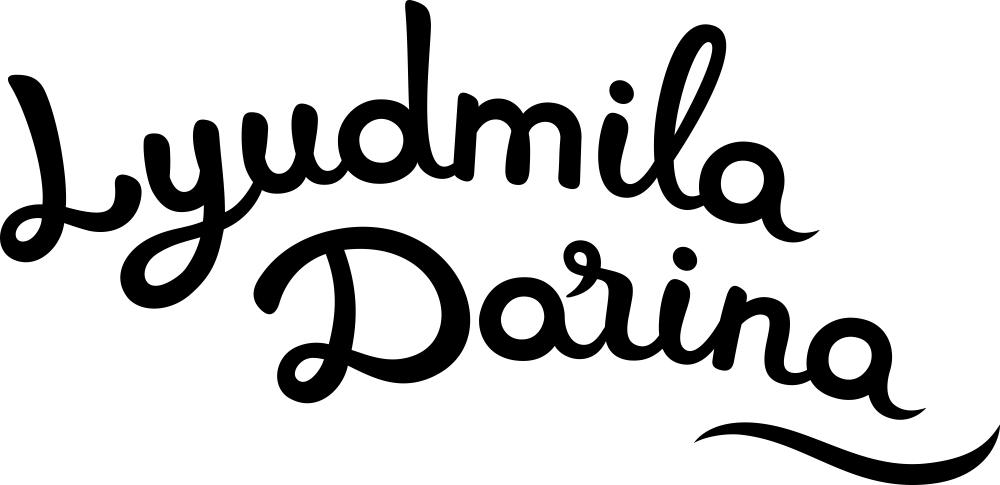Cookie management
By continuing to use the site, you agree to the processing of cookies and the personal data processing policy.
By continuing to use the site, you agree to the processing of cookies and the personal data processing policy.
Performing in kindergartens: how to conduct collective games?













Performing in kindergartens: how to conduct collective games?
In the previous article, we told about how to deal with the fears of the youngest children during a performance in a kindergarten. We continue the kindergarten-related topic. We will tell about collective games, how to conduct them, why they are needed.
Collective games at bubble shows
All animators, counselors and other people, who work with children, spend holidays with them do know that there are a lot of various collective games. With the help of such games, they can rally children, mobilize them and even create a team of children previously unacquainted. During bubble shows we try to do about the same thing, only simpler. There is no need to neglect the value of the game during the performance. This does not mean that the entire bubble show should be turned into one continuous animator-like activity with an infinite number of collective games, etc. Just a few games are OK if they are used appropriately.
It is also important that the games during the show were really collective, for the entire audience, so that every child could participate in them. Because, if you bring 1-2 children onto the stage, the rest of the kids will not be able to take it easy due to their age. Either everyone is involved, or no one. It's still a kindergarten, not a school, so please pay attention to this little detail.
| My show in kindergarten Sometimes interesting to see old photos. I do not use any of this props. In the photo props, which went down in history. A PVC table in black film, a fire cylinder, bubble makers from Fan Yang, and the legendary blue zero-blaster, which in capable hands turned into a smoke machine for a bubble show. |
Acquaintance game
When we have said hi to the children and told them who we are and why we came to them, we can play an acquaintance game. You can look it up on the Internet. Just type in: "collective games, the acquaintance game." A huge number of games will pop. Let's take the most primitive game: I call out my name, and the children chant their names out.
It all may look like this:
"Hello guys! Today I've come to you from the Soap Bubbles Land! My name is Lucy. I really want to know the name of each of you. How can we do it? Let's all the boys shout their names out loud. And now all the girls will shout their names. And now let me hear all of you, everybody in this room will shout their names."
"Hello guys! Today I've come to you from the Soap Bubbles Land! My name is Lucy. I really want to know the name of each of you. How can we do it? Let's all the boys shout their names out loud. And now all the girls will shout their names. And now let me hear all of you, everybody in this room will shout their names."
The game is played, the ice is broken. These games are very important so that the kids feel comfortable.
Agree on discipline in advance
Before you start your number, it is important to agree with the children on a few specific signs. For example, a raised hand means that the entire hall must zip it. There are many different ways to achieve it. If I press my finger to my lips or clap loudly, this also might mean silence. Or if I stomp, then they should all sit down.
You also need to agree on such things right away, because if the whole room starts to clamor, you will not outshout 100 people, especially if there is no microphone. And very often it happens that in a kindergarten we do work without a microphone. Everyone knows this, it is a fact of life, this happens all the time.
You also need to agree on such things right away, because if the whole room starts to clamor, you will not outshout 100 people, especially if there is no microphone. And very often it happens that in a kindergarten we do work without a microphone. Everyone knows this, it is a fact of life, this happens all the time.

How to make sure that children do not burst the bubble they are in?
Again, during the Human inside Bubble act we often face the problem that a kid bursts a bubble and absolutely does not want to stand still. This is especially true for kindergartens.
Here you need to immediately explain everything to the kids while they are still sitting on their chairs. Just say: "Guys, when you go inside the tray, you need to act like this: arms pressed to your sides, stand still." Then you yourself have to demonstrate this so the children memorize it. And every time someone wants to burst a bubble, you say: "Arms pressed to your sides, stand still." And the kids will repeat after you.

Applause game
After the show itself, we need to get a feedback from the kids so they say they liked it. We can again relieve the situation with the help of a collective game.
There are simple games of applause, for example, a Rain Game. First you need to knock on the palm of your hand with one finger, then with two fingers – it means that it's raining harder, then with three fingers — even harder, four and five — this is already a heavy rain. And stomping your feet means rain, hail –as a result we get a loud applause.
Or, let's take another game: let the one who is the smartest in the audience stroke his head, let the one who just ate a tasty meal pat his/her tummy, let the one who liked the soap bubbles clap loudly. These are just a few of primitive games that you must use during your shows. There are huge layers of games that are worth looking at.
Or, let's take another game: let the one who is the smartest in the audience stroke his head, let the one who just ate a tasty meal pat his/her tummy, let the one who liked the soap bubbles clap loudly. These are just a few of primitive games that you must use during your shows. There are huge layers of games that are worth looking at.
I gave you the most primitive ones and used them in the simplest moments. I am sure that with a certain imagination you can use a large number of interesting games. You can adapt them to your bubble theme, it will be just great.
Summary
1
When performing in kindergarten, use collective games. They will help to break the ice, and the children will feel more comfortable.
2
Organize collective games, not just for 1-2 kids.
3
Before you do your number, play an acquaintance game.
4
Agree with the children's audience about discipline in advance. Offer to follow certain signs. For example, a raised hand indicates that everyone should be silent. This kind of game will help you if all the kids start shouting during the show.
5
Before placing kids into a soap bubble, explain to them how to stand in the tray so that they do not burst the bubbles.
6
At the end of the number you can play a game of applause.
7
There are a lot of collective games, use them for shows in kindergarten.
Props from my store
Props, with which the artist looks decent
Articles in the topic:
Want to know more about bubble show?
There are about 50 articles on my blog





